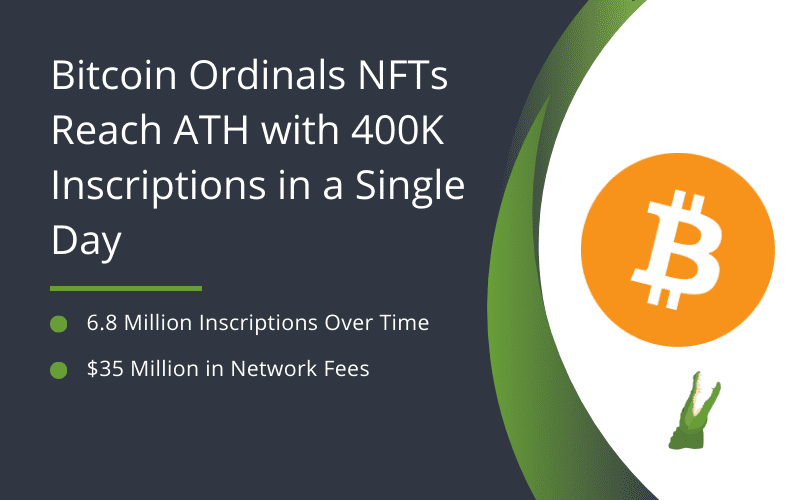Access to finance for farmers: the rise of agrifintech

Underserved farmers
Due to the cyclical nature of agriculture, many farmers require some form of financing to see them through to the next harvest. According to the World Bank, half of the world’s farmers are unbanked. There are 440 million farmers. Despite common misconceptions, around 95% of global farms are smallholder farms with less than five hectares of land, producing 80% of the food for some regions, including Asia and sub-Saharan Africa. Although agricultural challenges vary enormously by geography, access to finance is a universal problem for farmers around the world. In India, for example, only 30% of farmers have access to institutional financial support, while 70% remain underserved. In many parts of Europe, however, farmers are forced to enter into agreements with their suppliers of agricultural products to agree financing options at unreasonable prices.
Risk assessment challenge
The reason why traditional financial institutions often shy away from the agricultural sector is the challenge of assessing risk in this unpredictable industry. Lack of data is a particular obstacle. In farming, no year is the same, with weather, crops, prices, markets and regulations contributing to uncertainty. However, this is an area where agrifintech startups have made great strides.
Smartphones have changed the game, especially in developing countries, as they give farmers the ability to access financial services. A study of Kenyan farmers has found that 98% own mobile phones which are increasingly being used to improve farming practices and improve access to markets. In India, 4G connectivity and increasing smartphone penetration has led to an explosion of agrifintech startups to support the large scale farming sector by harnessing the huge potential of mobile apps powered by Web3.
With the help of artificial intelligence, advanced satellite data, drones and the power of blockchain, the ability to assess risk has been more accurately improved. The emergence of better and more accurate data leads to more transparency and traceability which allows agrofintechs to offer loans faster, on better terms and with reduced risk.
Blockchain plays an important role in this new agricultural finance ecosystem. Take the example of agricultural insurance: clean and open digital data from weather stations and farms on blockchain that cannot be manipulated forms the basis of Web3-powered index insurance. This means that claims can be processed quickly with fast, automated payments. Farmers are better able to manage risk and become less vulnerable to the adverse effects of weather events, equipment failure and other problems.
Financing to fight climate change
While many farmers struggle to access finance to see them through to the next season, climate change and population growth mean it is absolutely critical for the agricultural sector to have the ability and necessary tools and funds to adapt to changing climate and resource scarcity. This means that huge investments have to be directed towards the agricultural sector beyond just to ensure that it can keep the lights on. The World Bank talks about a requirement of 80 billion dollars in annual investments.
In the short term, funding for sustainable agriculture may come in part from private companies looking to offset residual emissions in their efforts to reach net zero. Agriculture is an industry that is incredibly well-suited to be part of the carbon offset ecosystem. Soil is the largest carbon sink outside the ocean, and sequestering carbon in agricultural soil via photosynthesis is an important natural means of combating climate change. Pre-funding carbon credits allows farmers to invest in the long-term future rather than season-to-season, while providing an additional income stream.
In addition, looming regulations around sustainable investments, including the upcoming EU taxonomy, are putting pressure on financial institutions to invest according to stricter ESG principles. Offering farmers more favorable loan terms to move towards sustainable practices is good for the banks and good for the planet.
Agrifintech: providing means to bring regenerative agriculture from niche to mainstream
Forest fires, floods, blizzards, melting glaciers, pandemics, war, famine, fuel shortages, inflation – 2022 will go down in history as the year the rest of the world finally connected the dots. With climate, environment and society in crisis, investors and innovators are turning their attention to the agricultural sector, on which human life depends. Enabled in part by advances in technology, including AI, machine learning and blockchain, agrifintech is working to fill a gaping hole in agricultural finance that has held back progress towards regenerative agriculture for too long.
About the Author: Robin Saluoks is CEO of the climate technology company eAgronom, which works to connect farmers with the economic benefits that come from sustainable agricultural practices. The company offers pre-paid agricultural credits for farmers, a sustainable land program for landlords and a green loan program for banks. The company is based in Estonia.

























